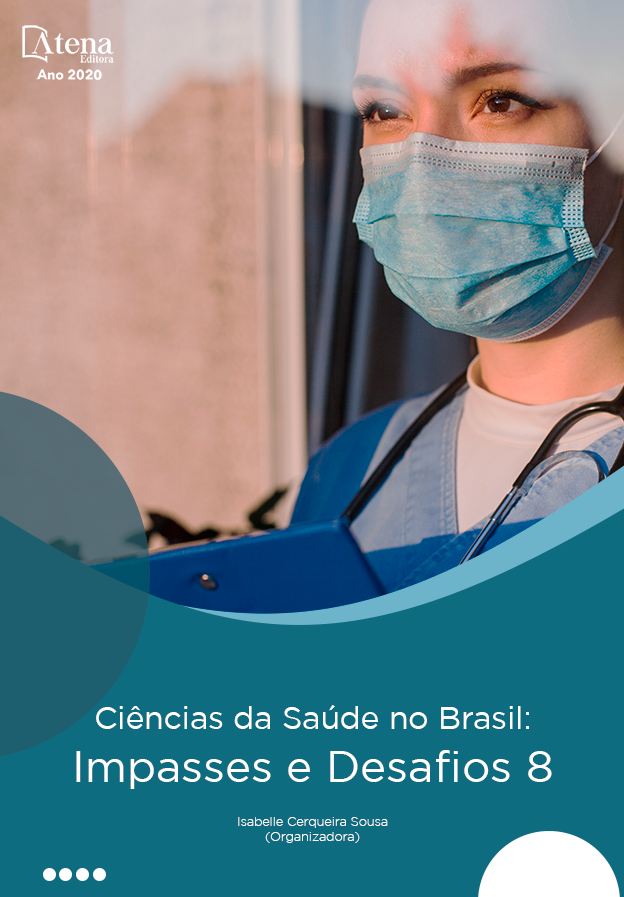
PATOLOGIAS MASCULINAS MAIS FREQUENTES EM UNIDADE DE INTERNAÇÃO DE CLÍNICA MÉDICO-CIRÚRGICA EM HOSPITAL UNIVERSITÁRIO
Estudo que investiga a saúde masculina e suas principais patologias em unidade de internação de hospital universitário no Sul do Brasil. Estudo retrospectivo, quantitativo e documental respaldado pela análise de prontuários de 1º de junho a 31 de dezembro de 2016, de 218 homens com idade entre 20 e 59 anos. Analisaram-se os aspectos sociodemográficos e clínico epidemiológico dos pacientes: registro de prontuário; ocupação habitual; idade; naturalidade; situação conjugal; raça/cor; residência; serviço de encaminhamento; doença diagnosticada; tipo de tratamento e antecedentes clínicos, com o objetivo de traçar um perfil desses pacientes e das principais patologias que os acometiam. Os dados revelaram que a maioria era casada, católica e de etnia branca, que os internamentos se deram por agravos à saúde, predominantemente aos acima de 40 anos de idade, somando-se 132 pacientes acometidos na internação durante o período estudado. Mesmo sendo hospital de referência da região, 66,97% dos pacientes residem na cidade da instituição. Atenção primária encaminhou 45,87% para tratamento ambulatorial. O ambulatório determina o tipo de tratamento/procedimento a ser realizado, revelando que 67,43% dos casos tinham indicação cirúrgica. As patologias que levaram à internação foram: politrauma, hérnia inguinal, colecistite e ferimento por arma branca; 18,35% apresentavam hipertensão arterial sistólica, 6,88% diabetes mellitus, 6,88% já haviam passado por alguma cirurgia ortopédica por trauma automobilístico e 6,42% por hernioplastia. Do total, 34,86% eram etilistas, e 9,63% ex-etilistas. Apenas 98 pacientes foram registrados pela unidade básica de saúde de origem. A maior dificuldade para a pesquisa foi a lacuna por falta de registros sobre ocupação atual em 44,04% dos pacientes. Mas foi possível identificar a presença de certos hábitos anteriores e o contexto sociocultural da população masculina. A adesão masculina aos serviços de saúde ainda é tímida, sendo necessário implementar ações de prevenção em saúde.
PATOLOGIAS MASCULINAS MAIS FREQUENTES EM UNIDADE DE INTERNAÇÃO DE CLÍNICA MÉDICO-CIRÚRGICA EM HOSPITAL UNIVERSITÁRIO
-
DOI: 10.22533/at.ed.2212025093
-
Palavras-chave: saúde do homem, assistência primária à saúde, morbidade.
-
Keywords: human health, primary health care, morbidity
-
Abstract:
Study that investigates male health and its main pathologies in a university hospital in southern Brazil. A retrospective, quantitative and documentary study supported by the analysis of medical records from June 1 to December 31, 2016, of 218 men aged between 20 and 59 years. The socio-demographic and clinical epidemiological aspects of the patients were analyzed: record of medical records; habitual occupation; age; naturalness; marital situation; race/color; residence; referral service; diagnosed disease; type of treatment and clinical antecedents, with the objective of tracing a profile of these patients and the main pathologies that affected them. The data revealed that the majority were married, Catholic and of white ethnicity, that the hospitalizations were due to health problems, predominantly those above 40 years of age, adding 132 patients affected in the hospitalization during the period studied. Even being a reference hospital in the region, 66.97% of the patients reside in the city of the institution. Primary care referred 45.87% for outpatient treatment. The outpatient clinic determines the type of treatment/procedure to be performed, revealing that 67.43% of the cases had surgical indication. The pathologies that led to hospitalization were: polytrauma, inguinal hernia, cholecystitis and gunshot wound; 18.35% had systolic hypertension, 6.88% diabetes mellitus, 6.88% had already undergone some orthopedic surgery for automobile trauma and 6.42% for hernioplasty. Of the total, 34.86% were ethylists, and 9.63% were former ethylists. Only 98 patients were registered by the basic health unit of origin. The greatest difficulty for the research was the gap due to lack of records on current occupation in 44.04% of patients. But it was possible to identify the presence of certain previous habits and the sociocultural context of the male population. Male adherence to health services is still timid, and preventive health actions need to be implemented.
-
Número de páginas: 29
- Leda Aparecida Vaneli Nabuco de Gouvêa
- Gicelle Galvan Machineski
- Anielly Rodrigues Passos
- Pamela Regina dos Santos
- Iago Augusto Santana Mendes
- Diego Santana Cação
- Marcia Regina Silvério Santana Barbosa Mendes


